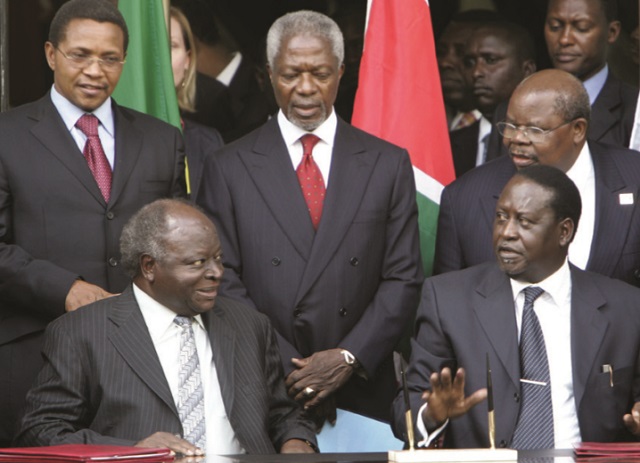
How Kenya could move away from the politics of ethnicity | In 1992 Kenya held its first multi-party election in 26 years. Since this re-introduction of multipartism, the “politics of tribe” has been blamed for the country’s political tribulations.
Nairobi, Kenya | DAISY MARITIM-MAINA | This has led to a system under which leaders channel government resources to their ethnic supporters to ensure their political survival. In turn, their supporters begin to feel entitled to government resources.
The politics of ethnicity, therefore, becomes an inter-community competition, not merely for representation in governance, but for resources.
This is not a problem exclusive to Kenya. Studies show that many African countries are finding it difficult to manage diversity, and particularly ethnicity.
In other parts of the world such as Yugoslavia, Burma, and Sri Lanka, ethnicity has been politicised and has consequently played a major role in triggering violence.
In Kenya, tribal politics has given rise to rampant corruption, marginalisation, disenfranchisement of entire communities, and full-blown violence.
As the country goes into another general election in a few days, two questions are frequently being asked. Has anything changed since 2007 when violence broke out after a disputed election? And are there any real ideological differences between Kenya’s two main coalitions?
A stock take of the present ethnic reality shows that tribalism is more entrenched than ever. The two coalitions are a cluster of parties that represent regional ethnic blocs.
In fact they have split the country down the middle along a clear tribal fault line, with the populous Kikuyu and Kalenjin tribes on one side and the Luo, Luhya and Kamba on the other.
History of ethnic loyalties
But why are there such bitter contests every election cycle? It has everything to do with the possibility of attaining control of state resources and being in charge of their allocation.
Kenya has been governed by four presidents from two ethnic communities since independence: the Kikuyu and the Kalenjin. The 40 other communities now believe that it’s their turn to hold the presidency.
Kenya is home to 42 ethnic groups. The major ones are the Kikuyu, Luhya, Kalenjin, Luo, and Kamba. Combined, they form 66% of the country’s population.
The behaviour of Kenyan voters has remained largely consistent over the past five multi-party elections. Regardless of where they reside, ethnic allegiance has been the most influential motivator at the ballot.
This pattern of political allegiance based on ethnicity has a long history dating back to Kenya’s colonial past.
 The Independent Uganda: You get the Truth we Pay the Price
The Independent Uganda: You get the Truth we Pay the Price



